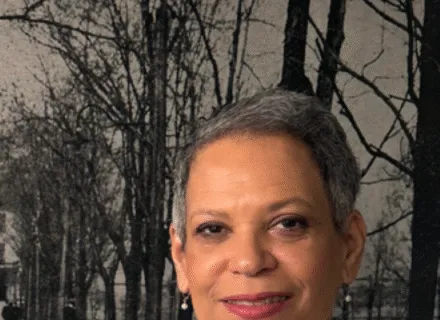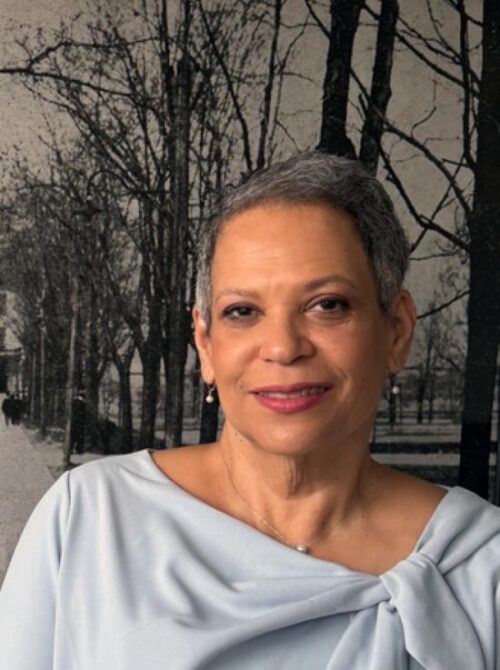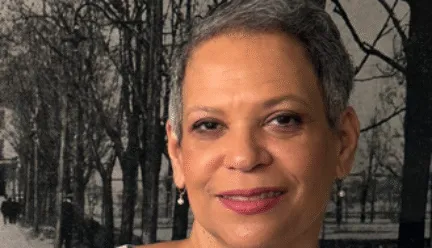
Regional Planning Ph.D. Alumna, Hazel Ruth Edwards, Recognized with FAA Distinguished Legacy Award
Hazel Ruth Edwards, Ph.D., FAICP, a 1993 alumna of the Regional Planning Ph.D. program was recognized as a 2025 recipient of the College of Fine and Applied Arts Distinguished Legacy Award. Dr. Edwards is an award-winning educator, planner, and researcher whose work integrates place-based scholarship, urban design, and inclusive planning practice. A native of North Carolina raised in Washington, D.C., she holds degrees from Howard University (BArch), Harvard (MArch in Urban Design), and the University of Illinois Urbana-Champaign (PhD in Regional Planning).
Dr. Edwards’ career reflects a deep commitment to livability, equity, and expanding representation in the design and planning fields. Her coauthored book The Long Walk: The Placemaking Legacy of Howard University remains a landmark study in campus planning and inspired an award-winning documentary. She later served as Special Assistant for Campus Planning at Howard, contributing to plans still shaping the university today.
Her academic career spans Morgan State University, The Catholic University, and Howard University, where she returned in 2016 as the first woman to serve as full professor and chair of architecture since the program’s founding in 1911. She also helped establish The Catholic University’s planning program, later ranked among North America’s top 15 small programs by Planetizen.
Named a Fellow of the American Institute of Certified Planners (FAICP) in 2018, Dr. Edwards has received numerous accolades, including the 2024 Richard T. Ely Distinguished Educator Award from Lambda Alpha International and the 2022 Women in Architecture Design Leadership Educator Award from Architectural Record. Her leadership extends to national service, including her 2021 appointment by President Biden to a four-year term to the U.S. Commission of Fine Arts, where she served as Vice Chair.
Dr. Edwards is also a principal investigator on a NASA-funded research initiative exploring adaptive architecture for space missions. Her work—grounded in history, community, and design—continues to shape the future of planning education and practice.

